\


Edited by
D EBORAH M ANLEY
and S AHAR A BDEL -H AKIM
With illustrations by W. H. B ARTLETT
The American University in Cairo Press
Cairo New York
The illustrations and their captions are taken from W.H.Bartlett, The Nile Boat or Glimpses of the Land of Egypt. London: Arthur Hall, 1849
The editors and publisher are grateful to the following for permission to use material in this book: Allen and Unwin and HarperCollins for excerpts from Abd al-Latif: The Eastern Key, translated by Kamal Hauth Zand. John A. and Ivy E. Videan; Aris and Phillips Ltd. and Reverend John Wilkinson for excerpts from Egerias Travels; the author and Watkins/Loomis Agency Inc. for excerpts from A View of the Nile by Elizabeth Warnock Fernea; Garnet Publishing Ltd. for excerpts from The Best Divisions of Knowledge of the Regions by al-Muqaddasi, translated by Basil Anthony Collins with the Centre for Muslim Contributions to Civilization; Libri Publications Ltd. for excerpts from Nefertiti Lived Here by Mary Chubb; Methuen Publishing Ltd. for excerpts from H.V. Mortons Through Lands of the Bible: Penguin Books for excerpts from Herodotus: The Hisotries, translated by Aubrey de Selincourt, and Penguin Books and Granta for excerpts from In an Antique Land by Amitav Ghosh; Pentland Press for excerpts from Exiles of Empire, edited by Mona Macmillan and Catriona Miller; Random Century Ltd. for excerpts from The Travels of Ibn Jubayr, translated by R.J.C. Broadhurst and published by Jonathan Cape; State University of New York Press for excerpts from Naser-e Khosraws Book of Travels, translated for the Persian Heritage Foundation. Every reasonable effort has been made to contact copyright holders. We apologize and thank any authors or copyright holders who we have not been able to properly acknowledge. If a work in copyright has been inadvertently included, the copyright holder should contact the publisher.
Copyright 2004, 2008 by
The American University in Cairo Press
113 Sharia Kasr el Aini, Cairo, Egypt
420 Fifth Avenue, New York 10018
www.aucpress.com
First paperback edition 2008
All rights reserved. No part of this publication may be reproduced, stored in a retrieval system or transmitted in any form or by any means, electronic, mechanical, photocopying, recording or otherwise, without the prior written permission of the publisher.
Dar el Kutub No. 27013/07
ISBN 978 161 797 275 1
1 2 3 4 5 6 7 8 9 10 13 12 11 10 09 08
Designed by AUC Press Design Center
Printed in Egypt
Contents
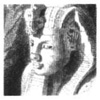 The long history of travel in Egypt is far from monolithic. As motives for travel, individual preferences, cultural backgrounds, and the cultural and political scenes in the country change, so the points of interest and perceptions in the resultant writing change. In this book, travelers from different countries, different times, and different cultural backgrounds are brought together through an experience they all sharedthe experience of having journeyed in Egypt and written their impressions of the land, the people, the culture, and the history. The encounters tell as much of the place visited as of the travelers personal inclinations, interests, and time. These varied voices give a comprehensive account of the history and geography of Egypt, its archaeology, and social life as perceived by non-Egyptians.
The long history of travel in Egypt is far from monolithic. As motives for travel, individual preferences, cultural backgrounds, and the cultural and political scenes in the country change, so the points of interest and perceptions in the resultant writing change. In this book, travelers from different countries, different times, and different cultural backgrounds are brought together through an experience they all sharedthe experience of having journeyed in Egypt and written their impressions of the land, the people, the culture, and the history. The encounters tell as much of the place visited as of the travelers personal inclinations, interests, and time. These varied voices give a comprehensive account of the history and geography of Egypt, its archaeology, and social life as perceived by non-Egyptians.
The written map of Egypt presented by this book is also a historic road map, charted over the centuries by both foreign travelers and Egyptians. Over the centuries, new roads were constructed and troddenand old ones abandonedin a way that largely reflects the interests of the travelers and their motives for travel. Alterations in roads and itineraries often came about because of changes in means of transport and en route stops: some cities disappeared, while others, meeting the ever-changing needs of the local population and travelers, were established. The construction of the Mahmudiya Canal in the nineteenth century not only allowed the irrigation of new land and easier transport of people and goods but also created a different route between Alexandria and Cairo. It allowed travelers to sail across the Delta and report about the new towns and villages that were developing on the banks of the canal. The once beaten track from the Nile Valley across the Eastern Desert to the Red Sea ports of Aizab and Qolzum, which launched Muslim pilgrims toward Mecca and other destinations, was abandoned as means of transport altered over time. What remains of this route and of those transit cities are only the travelers narratives of them. The construction of the Suez Canal also created a new itinerary for those who formerly took the overland route to India. New stations and destinations brought places into being in a way that made both travelers and residents charters of the country. This history of adaptation and continuity is what informs this book. By bringing together a patchwork of travelers voices and testimonies that tell of the palimpsest that is Egypt, this book reflects todays Egypt just as it probes into its history. It reveals not only what is present but also how it came into being and how it was perceived and encountered. It speaks of both what has been and what is.
Egypt has had a generous share of travelers. In 450 B.C. Herodotus wrote about the country, giving a travelers account that narrates not only what was there but also what he considered worth looking at and recording. A few centuries later, Strabo followed in his footsteps. By the turn of the tenth century A.D, Arab geographers such as Ebn Haukal and al-Muqaddasi were traveling the country recording their own observations. In medieval times, a concert of Muslim travelers, mainly pilgrims heading for Mecca, stopped in Egypt. In the eleventh and twelfth centuries, the Persian Naser-e Khosraw and the Valencian Ibn Jubayr, two pilgrims who arrived in Egypt from the east and the west respectively, kept journals in which they recorded their impressions of the prosperous Fatimid state. Scientists such as Abd al-Latif al-Baghdadi visited Egypt in pursuit of learning in the thirteenth century, while in the fourteenth century, Ibn Battuta, one of the worlds best-known medieval travelers, was driven largely by curiosity. At the same time, western merchants and pilgrims heading for Jerusalem, such as Friar Felix of Germany, stopped in Egypt and recorded their impressions.
The eighteenth century brought explorers and merchants such as the Dane Frederick Norden and the Englishman W.G. Browne, and officials serving in the East India Company, such as James Capper or their wives, like Eliza Fay, all of whom left vivid accounts of their experiences in Egypt. Yet it was Napoleons Expedition (1798) that brought French scholars, such as Vivant Denon, to study Egypt and lead Egypt to the full attention of Europe. It also caused a shift of interest from the biblical and historical associations of the country to its pharaonic monuments. Nevertheless, the attention of the scholars who visited and resided in Egypt in the nineteenth century was by no means confined to archaeology. Along with Egyptologists like J.G. Wilkinson of Britain and Richard Lepsius of Germany, visitors like Edward W. Lane were interested in modern Egyptians and their way of life. Adventurers and explorers like Frederick Henniker and Richard Burton continued to travel throughout the country. The rise of Muhammad Ali to power and his projects for the modernization of Egypt were other factors attracting European travelers. Giovanni Belzoni was one of the important antiquities collectors in Egypt in the early 1800s. Although his wife Sarah traveled with him and wrote an account of her trip, it was not until the 1840s, with the introduction of steam navigation and the construction of the overland route, that female travelers truly started to flock to EgyptHarriet Martineau was one such tourist. The year 1869 witnessed the opening of the Suez Canal and the beginning of Thomas Cooks organized tours, making travel in Egypt more a pleasure than an adventure.
Next page
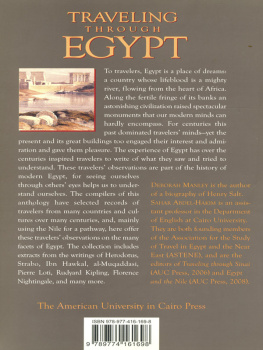
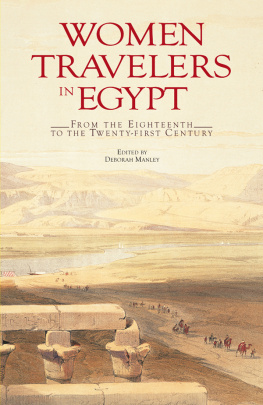
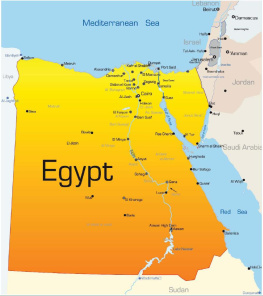
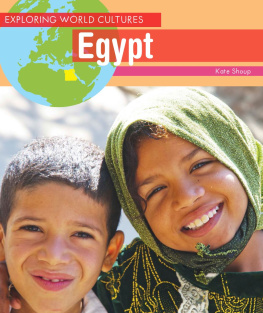


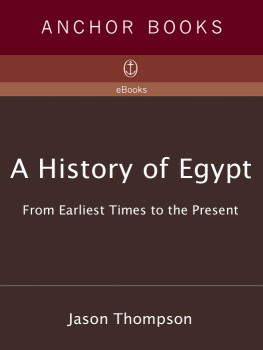
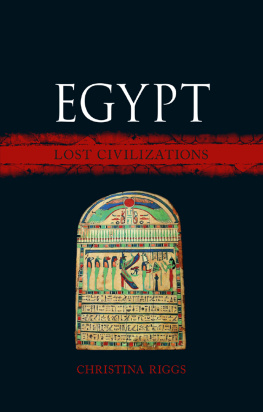
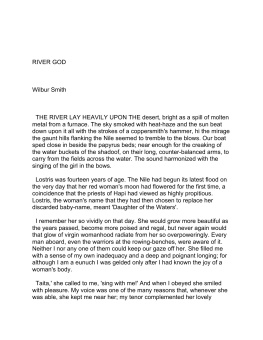


 The long history of travel in Egypt is far from monolithic. As motives for travel, individual preferences, cultural backgrounds, and the cultural and political scenes in the country change, so the points of interest and perceptions in the resultant writing change. In this book, travelers from different countries, different times, and different cultural backgrounds are brought together through an experience they all sharedthe experience of having journeyed in Egypt and written their impressions of the land, the people, the culture, and the history. The encounters tell as much of the place visited as of the travelers personal inclinations, interests, and time. These varied voices give a comprehensive account of the history and geography of Egypt, its archaeology, and social life as perceived by non-Egyptians.
The long history of travel in Egypt is far from monolithic. As motives for travel, individual preferences, cultural backgrounds, and the cultural and political scenes in the country change, so the points of interest and perceptions in the resultant writing change. In this book, travelers from different countries, different times, and different cultural backgrounds are brought together through an experience they all sharedthe experience of having journeyed in Egypt and written their impressions of the land, the people, the culture, and the history. The encounters tell as much of the place visited as of the travelers personal inclinations, interests, and time. These varied voices give a comprehensive account of the history and geography of Egypt, its archaeology, and social life as perceived by non-Egyptians.